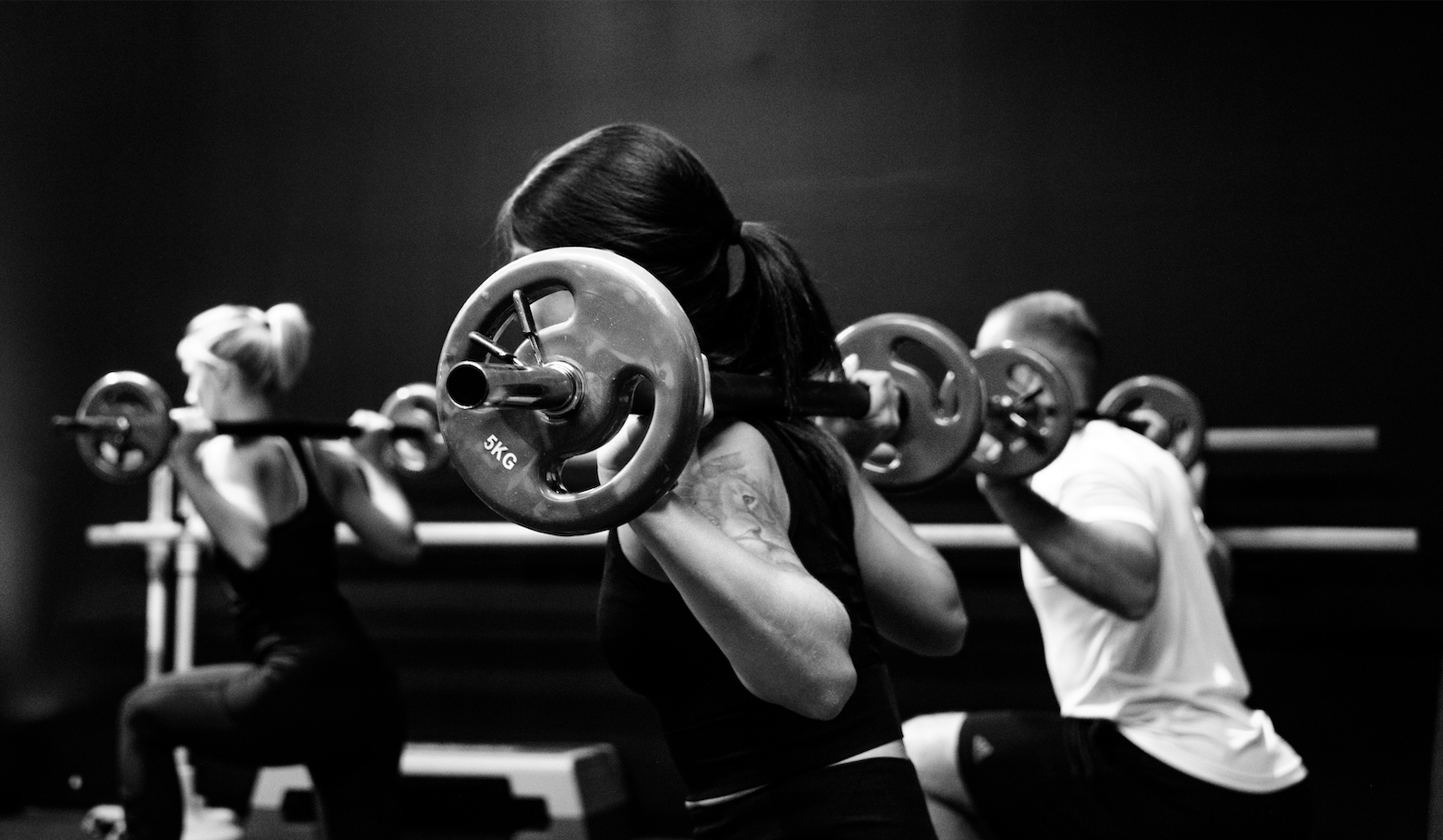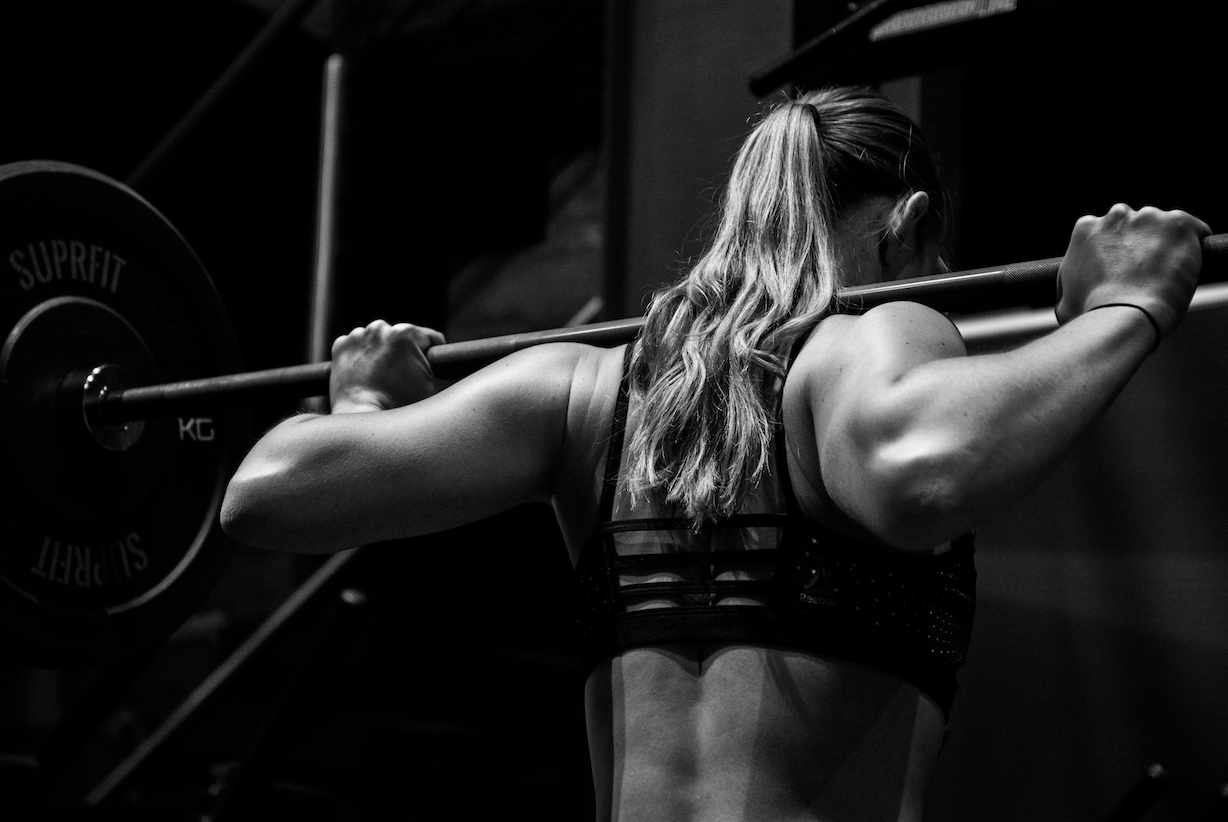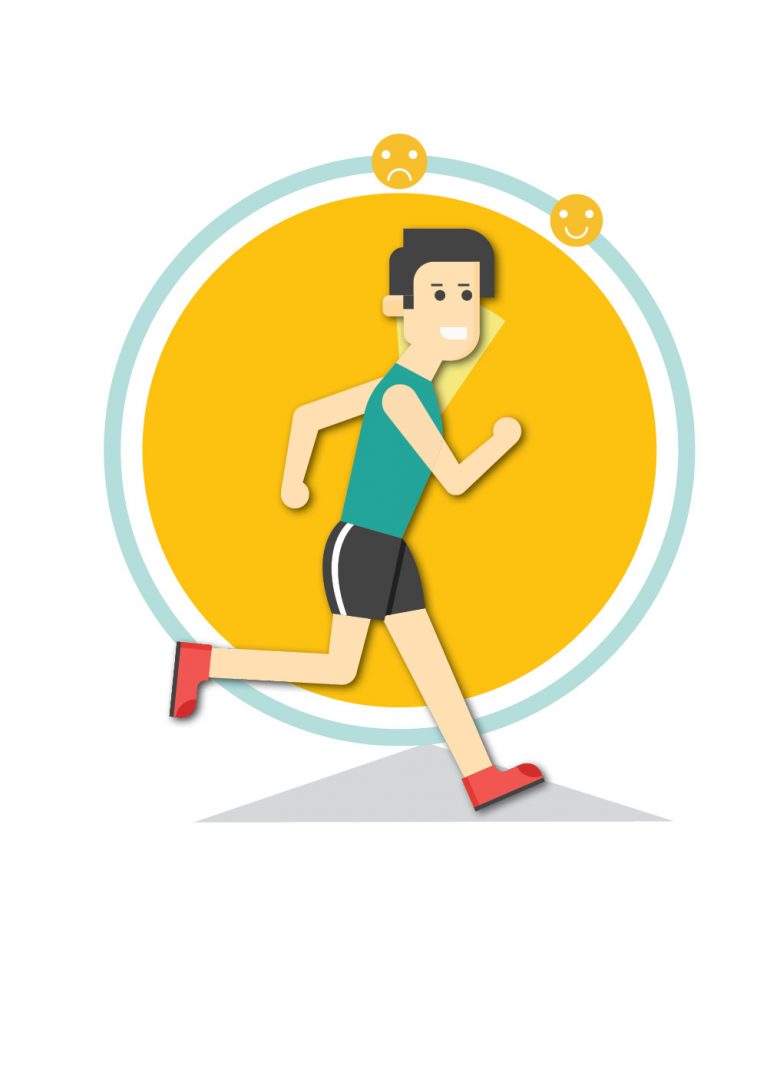The Hormones Involved in Exercise
The Hormones Involved in Exercise
Share
We may not realise, but hormones play a part in everything we do. From eating, sleeping and smiling to stressing out and arguing. Every single second our bodies release hormones as a response reaction to our environment. The main role of hormones is a messenger from one organ to another that helps connect reactions in order to maintain homeostasis.
It will not come as a surprise that exercise also involves a large number of different hormones that control energy levels, explosiveness of movement and our ability to sustain exercise for a desired period of time. Different types of exercise affect our body differently, which means that the speed, amount and proportion of hormones released are unique for each type of exercise. HIIT exercise requires more of the blood sugar lowering hormone insulin to counteract a spike in cortisol and adrenaline (stress hormones), and cardio exercise requires a slow release of glucagon to help sustain the exercise for a long period of time.
It is not only the ratios that differ, it is also the speed they are released and the point during the session they are needed at. Below are the hormones that are most involved in exercise along with their key roles. These are only the main ones, and a lot more hormones are involved in physical activity in real life.
Hormones involved in exercise
- Insulin – Is a hormone that regulates the metabolism of carbohydrate and fats. Insulin helps keep blood sugars level. It allows our body to access the energy from food by acting as a key for glucose molecules to enter muscle cells and provide fuel for movement. In addition, it counter-regulates the action of stress response hormones (otherwise known as ‘fight or flight’), which are also released during exercise and cause a rise in blood sugar levels. When blood sugar levels are out of range, we will feel annoyed and insulin helps to prevent those feelings.
- Glucagon – This hormone is released to counteract the blood sugar drop during exercise. It is produced by the pancreas and produced when glycogen stores in the muscle are depleted. It causes the liver to release glycogen to fuel further activity.
- Cortisol – Is one of the ‘fight or flight’ stress hormones. It is released when the body is under too much physical stress which can happen after prolonged exercise or when it is not sufficiently recovered from previous workouts. The hormone helps regulate our metabolism by aiding the breakdown of triglyceride fatty acids and glucose to provide us with energy. Too high levels of cortisol after excessively long workouts can damage muscle tissue and are not recommended.
- Epinephrine (adrenaline) and Norepinephrine – These hormones play a key role in cardio training, as they aid the sympathetic nervous system in its functions. Epinephrine is a stress hormone and elevates blood sugars to sustain energy and increases heart rate, which enables a more explosive workout. Norepinephrine has a number of functions, but its key function is to restrict blood flow to vessels that are not engaged in performing the exercise motion.
- Testosterone – Is an important hormone that is responsible for the repair of damaged muscle tissue, as well as skeletal growth and repair. It is produced in males in a higher quantity than in females, which is why men are more primed to muscular growth. The hormone is released in response to extremely intense exercise, such as heavy weight lifting.
- Human Growth Hormone (HGH)– This hormone is responsible for cellular growth, and is released in response to high-demand training, such as explosive sprints and heavy weightlifting. It promotes muscle growth and causes an increase in muscle mass, which is so widely sought for.
Each hormone has its own role, which is not
solely for exercise, but can be involved in many other reactions. Each is
extremely important for homeostasis and optimum physical performance of our
body.




















FOLLOW BESTFIT